- 🤝 Introduction: AI Safety Alliance 2025 — Big Tech Joins Forces
- 🧭 Why the AI Safety Alliance 2025 Was Created
- 🛠️ What OpenAI, Google, and Anthropic Are Working On
- 🌐 Global Impact and Political Pressure
- ⚖️ Critics Raise Questions About Control and Power
- 🔮 What the AI Safety Alliance 2025 Means for the Future
- ✅ Conclusion: Artificial Inteligence Safety Alliance 2025 — Collaboration for a Safer Future
🤝 Introduction: AI Safety Alliance 2025 — Big Tech Joins Forces
In a rare show of collaboration, OpenAI, Google, and Anthropic have launched the AI safety alliance 2025. As AI systems become more powerful, these tech giants are now joining forces to establish shared safety protocols, influence global policy, and ensure that artificial intelligence evolves in a way that benefits society — not harms it.
🧭 Why the AI Safety Alliance 2025 Was Created
⚠️ Growing Concerns About Powerful AI
With the rise of advanced language models, autonomous agents, and multimodal AI, experts are warning of unintended consequences — from job displacement to misinformation and loss of human control.
The AI safety alliance 2025 is a direct response to these risks, aiming to put guardrails in place before it’s too late.
🧠 Aligning on Safety Principles
The alliance has committed to a shared set of principles, including transparency, alignment with human values, risk assessments, and open research.
🛠️ What OpenAI, Google, and Anthropic Are Working On
🧪 Red Teaming and Joint Testing
The group plans to jointly test their most advanced models using “red teams” — experts tasked with trying to break or misuse AI to uncover vulnerabilities before public release.
🔍 Creating Safety Benchmarks
One of the goals of the Artificial Intelligence safety alliance 2025 is to define clear safety benchmarks for AI systems — particularly frontier models that could exceed current capabilities.
🌐 Global Impact and Political Pressure
🏛️ Supporting Regulation
The alliance is working closely with regulators in the EU, U.S., and Asia to help shape policies that balance innovation with accountability — including the EU AI Law and upcoming U.S. frameworks.
🌍 Setting Industry Standards
By joining forces, these companies are hoping to lead by example, setting a global precedent for responsible Artificial Intelligence development that smaller firms may follow.
⚖️ Critics Raise Questions About Control and Power
💬 Is Big Tech Policing Itself?
Some critics argue the alliance is a way for tech giants to avoid external regulation and keep control over how AI is governed. Others fear it may exclude independent researchers or public interest groups.
🛑 Open vs. Closed AI Debate
There’s also tension around open-source vs. closed AI. While some alliance members prioritize safety through restricted releases, others warn this could slow innovation and centralize power.
🔮 What the AI Safety Alliance 2025 Means for the Future
The formation of the AI safety alliance 2025 shows that even competitors recognize the stakes are too high to go it alone. If successful, this alliance could help build trust, stability, and accountability in an industry known for its rapid and unpredictable growth.
It could also become the foundation for international agreements, much like climate or nuclear pacts, that define how humanity interacts with superintelligent systems.
✅ Conclusion: Artificial Inteligence Safety Alliance 2025 — Collaboration for a Safer Future
By launching the Artificial Intelligence safety alliance 2025, OpenAI, Google, and Anthropic are sending a clear message: the future of Artificial Intelligence must be safe, shared, and responsible. Whether this alliance leads to meaningful change or just good PR remains to be seen — but the conversation is finally moving in the right direction.


